I’d never heard of Albin Polasek, but that didn’t stop us from going to the Albin Polasek Museum & Sculpture Gardens in Winter Park, Florida. I mean, there were gardens and a historic house, and I’m a sucker for those.
Albin Polasek was a sculptor born in what is now the Czech Republic in 1879. He immigrated to the United States as a young man in 1901.
With a little luck and a lot of talent, he went from wood carver, to a student at the Pennsylvania Academy of the Fine Arts, to head of the Department of Sculpture at the Art Institute of Chicago for 27 years.
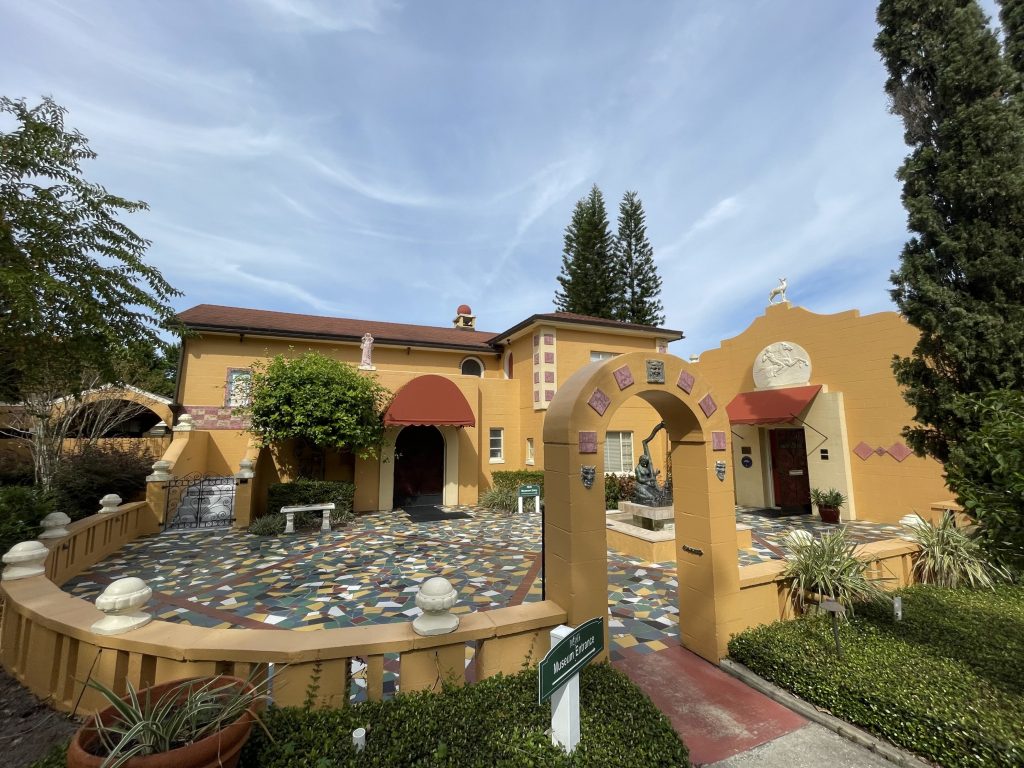
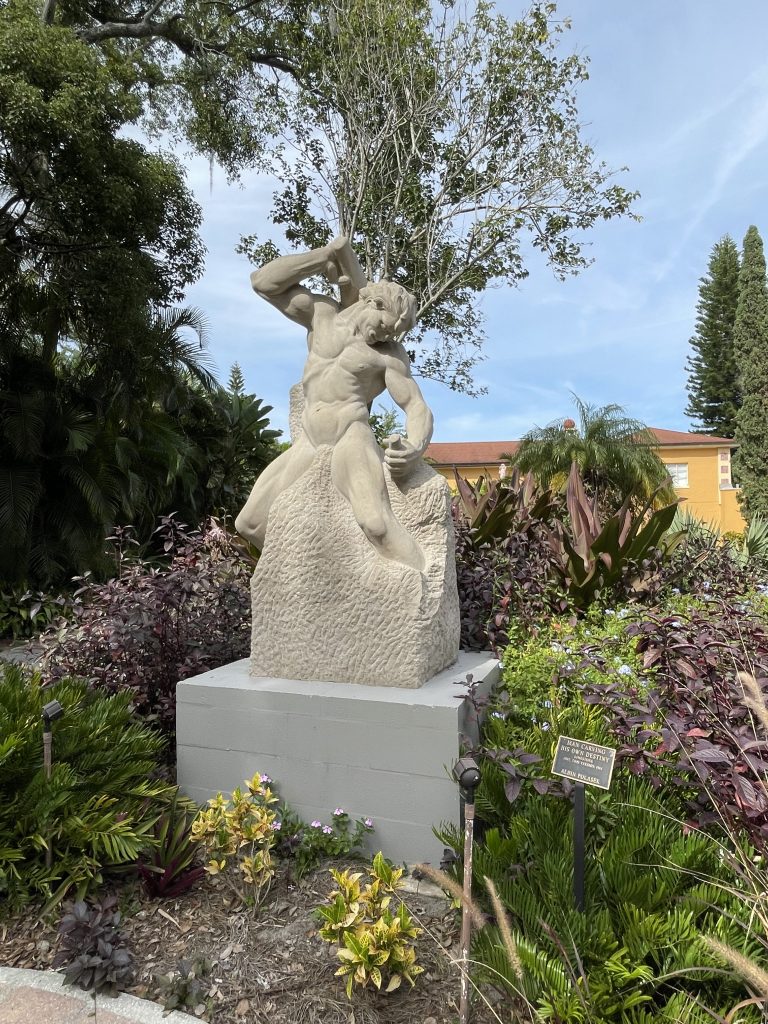
One of Polasek’s most famous works, Man Carving His Own Destiny, was created while he was still a student! Over the years he created many large public commissions that brought him world-wide attention.
The Mediterranean-style home at the site was designed by Polasek, and it’s where he retired shortly after suffering a stroke that left him paralyzed on his left side in 1950.
Though wheelchair-bound, he re-learned to paint, draw and sculpt using just his right hand. He went on to create 18 major works after having his stroke.
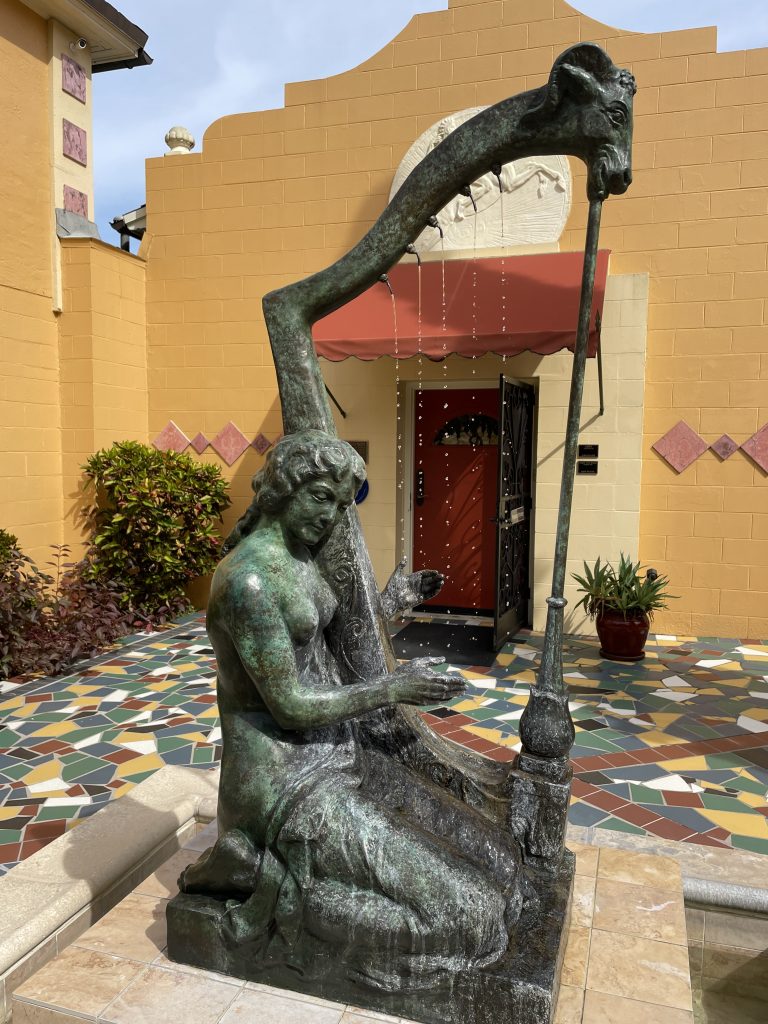
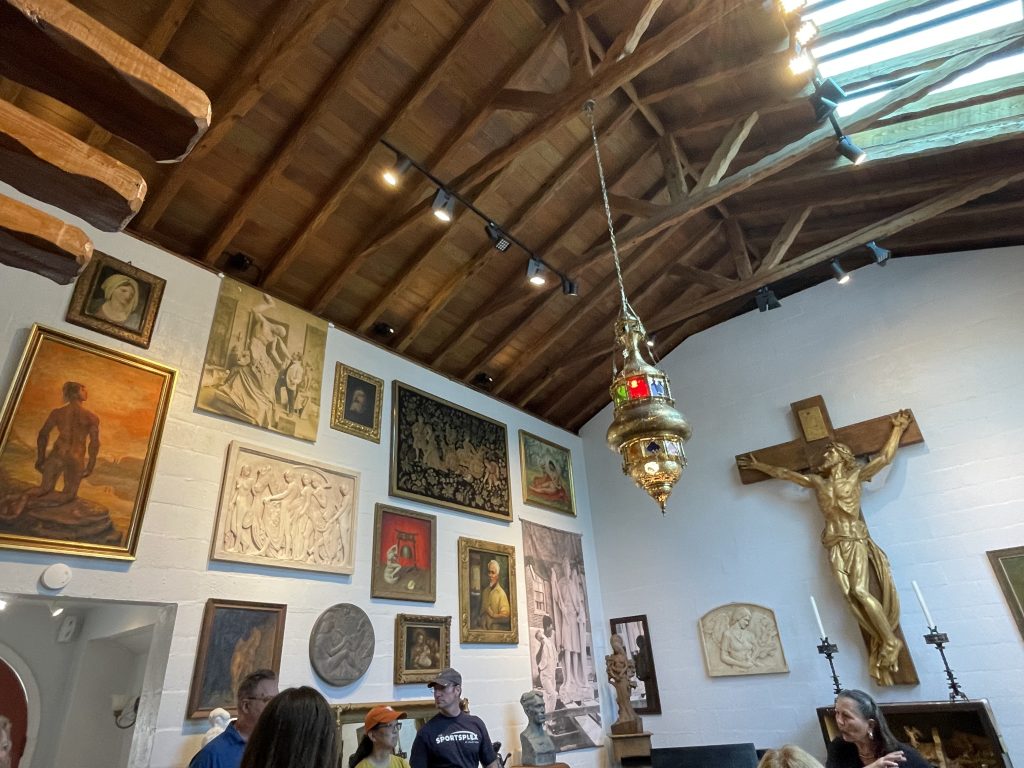
At the age of 70, he finally decided to give matrimony a try, and married his first wife, Ruth Sherwood. Unfortunately, she died just two years later. Nine years later he tried again, marrying Emily Muska Kubat. The couple set up the foundation to share his life’s work. Thanks to them, there are many original furnishings and works on display.
Polasek was a deeply religious man. He built his own chapel behind his home with services performed daily. Much of his work draws on his religious knowledge and interest. One of his most famous pieces is Victorious Christ, a 14-foot crucifix that hangs above the alter of Saint Cecilia Catholic Cathedral in Omaha, Neb., (if you go to their webpage, it’s part of their featured image).
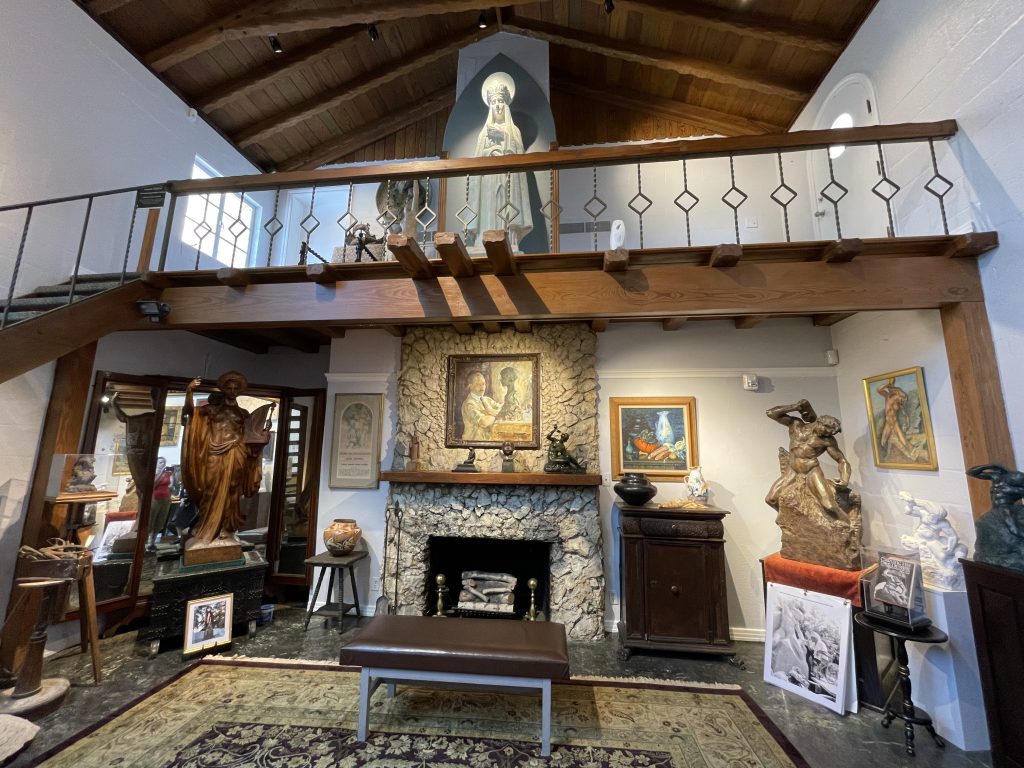
The museum was opened in 1961, four years before Polasek’s death.
There are 200 pieces of sculpture in their collection by Polasek, out of of the 400 works he created over the course of his career. Visitors can see the 3.5 acre sculpture garden, portions of the home and studio, and the chapel.
Additionally, exhibits rotate through the gallery; the Japanese Embroidery Ehibit on display during our visit was so amazing, it gets its own post!
The cover photo to this post is Awakening Spring, 1926.
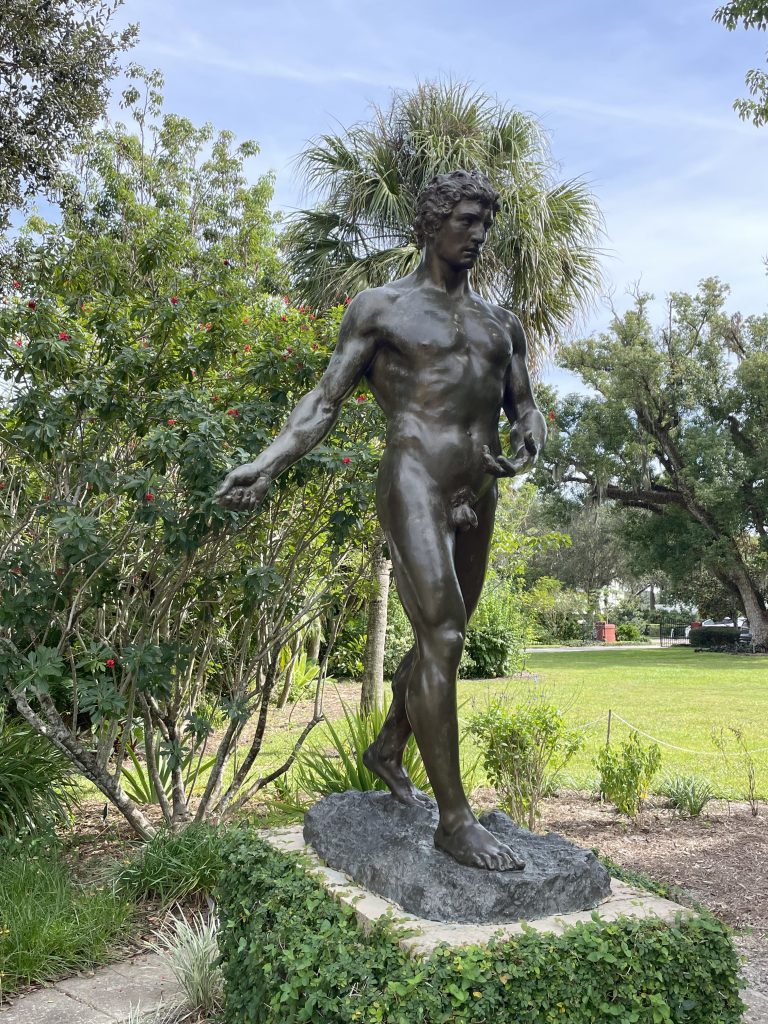
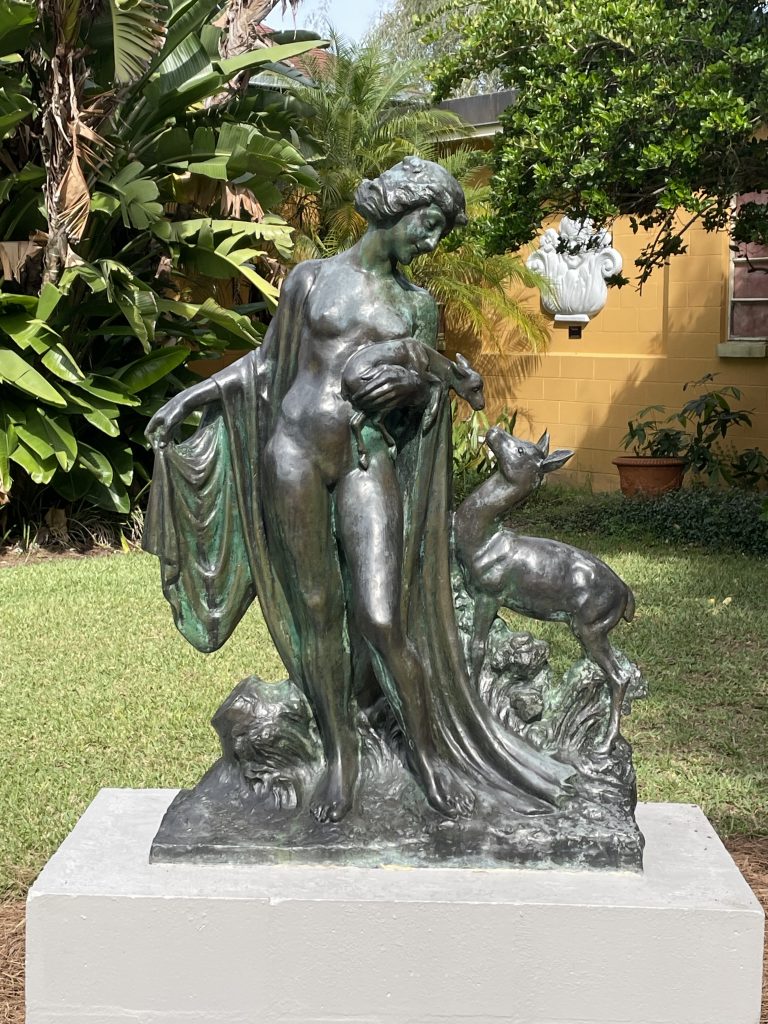
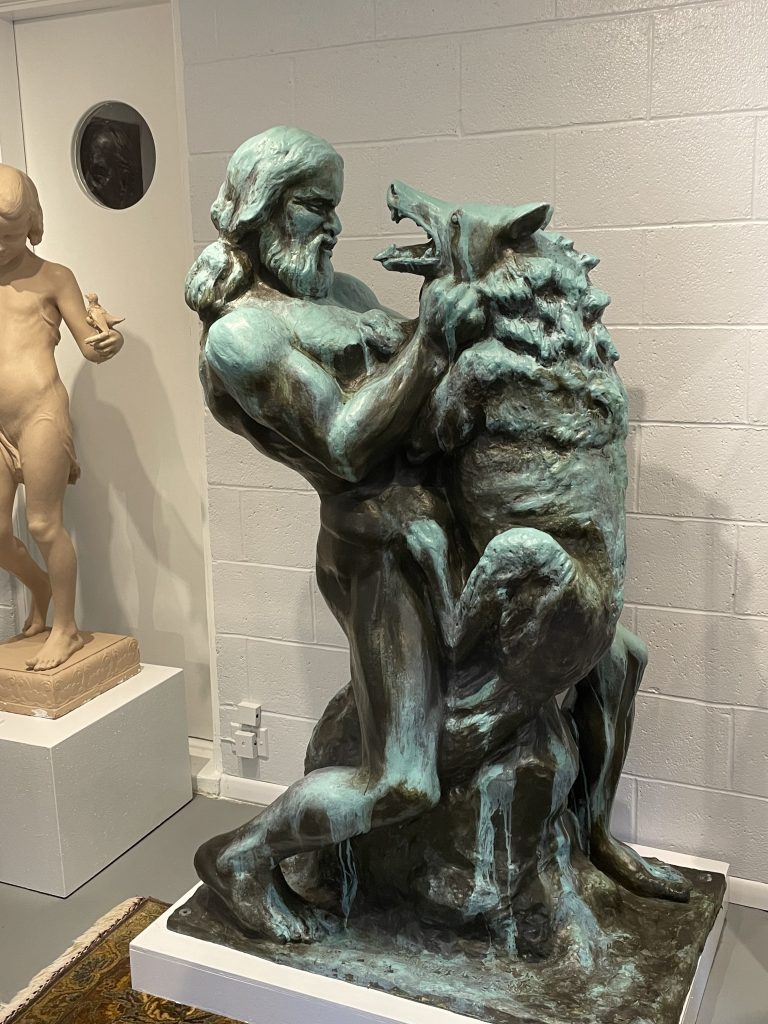
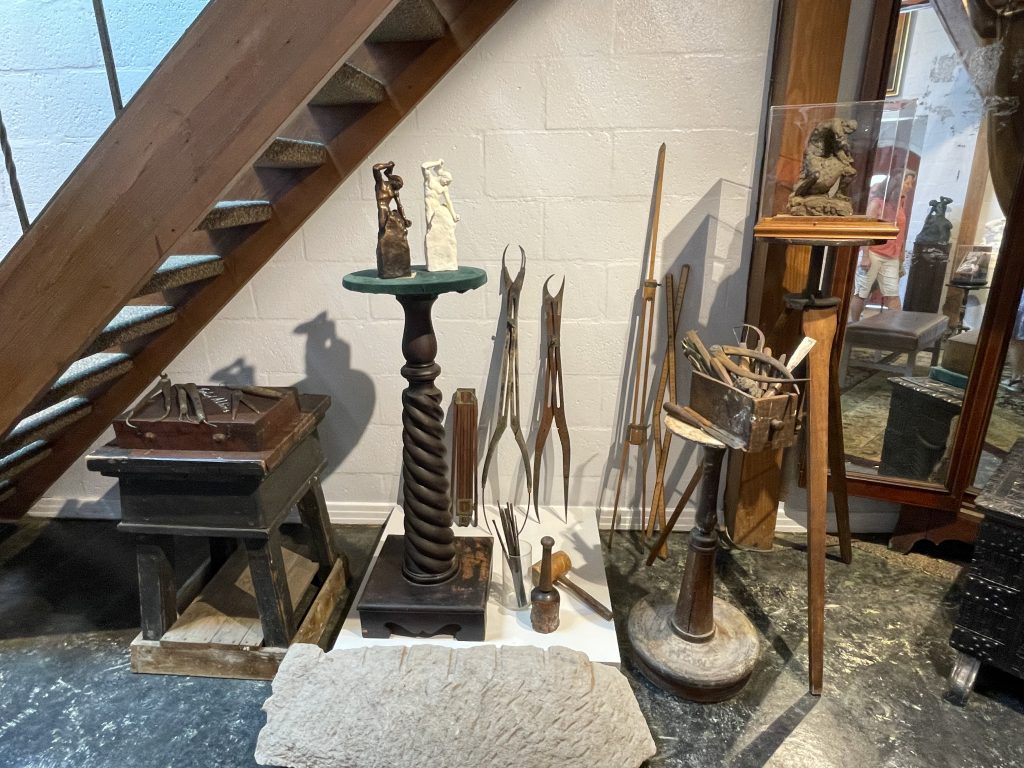
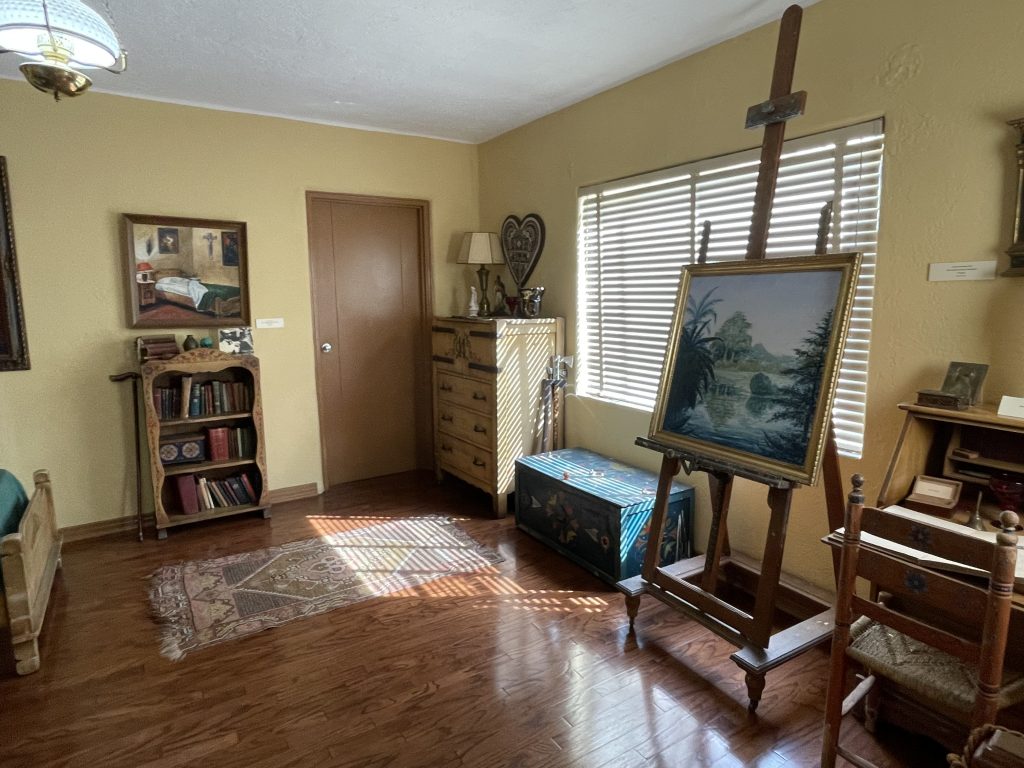
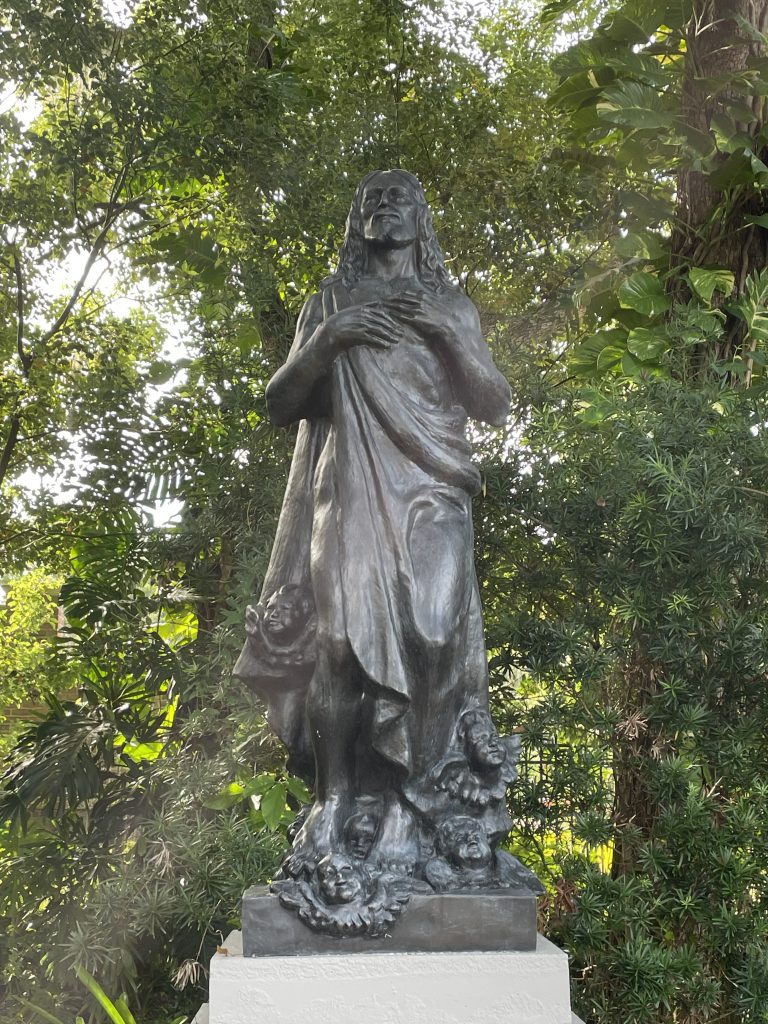
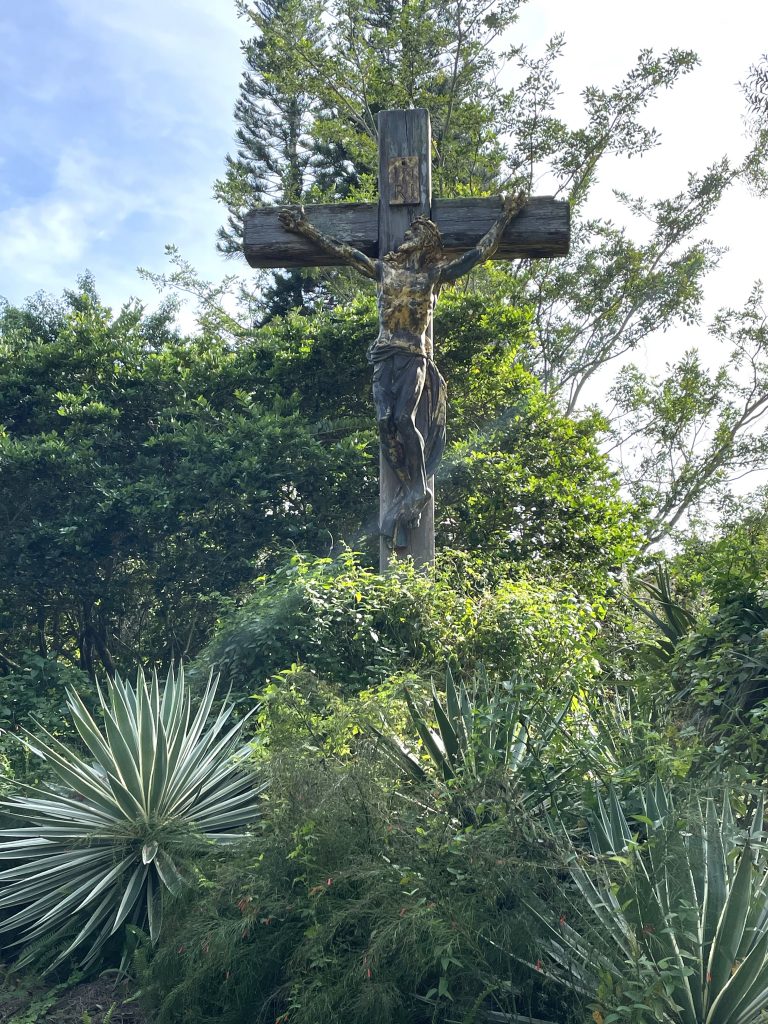
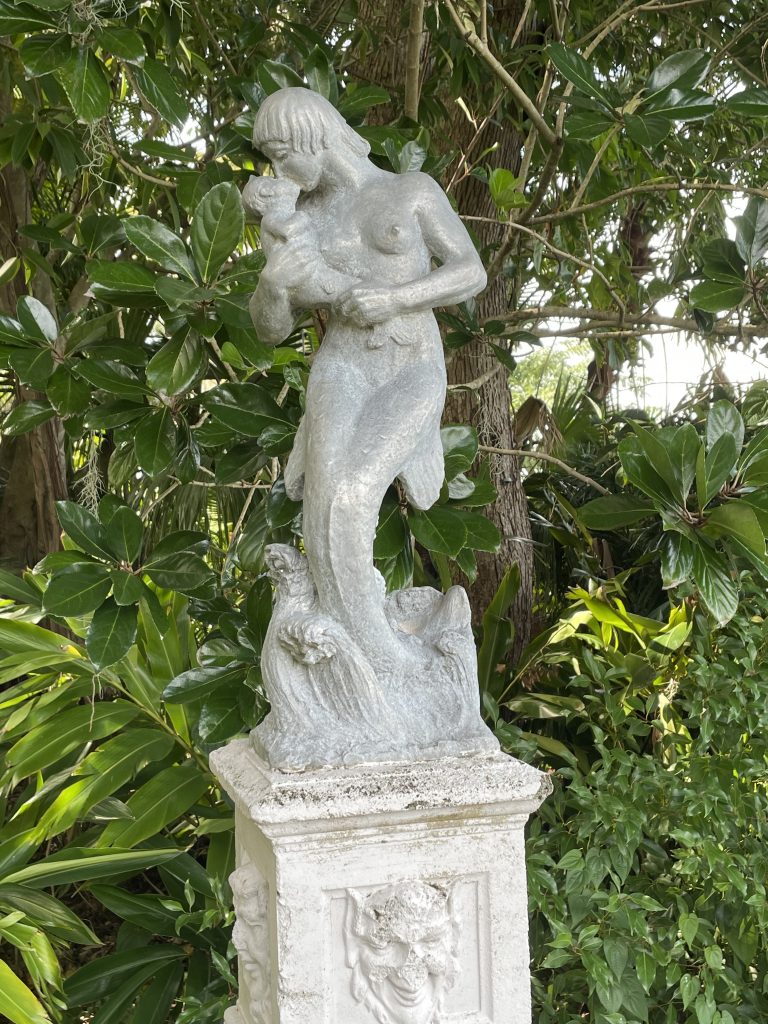

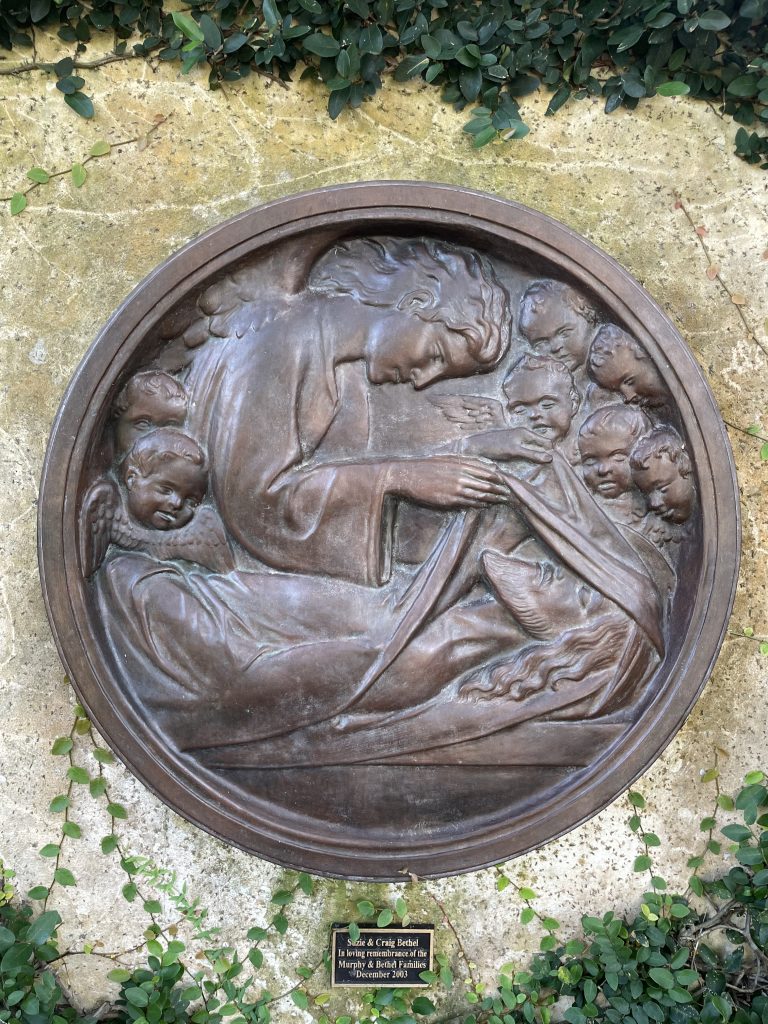
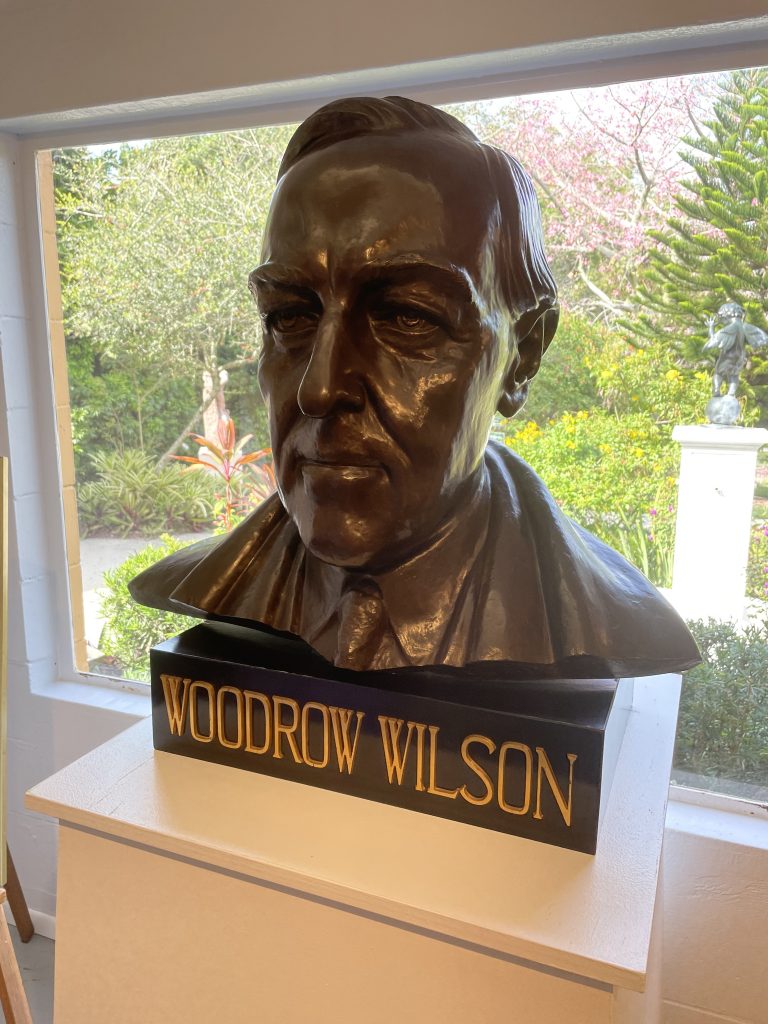
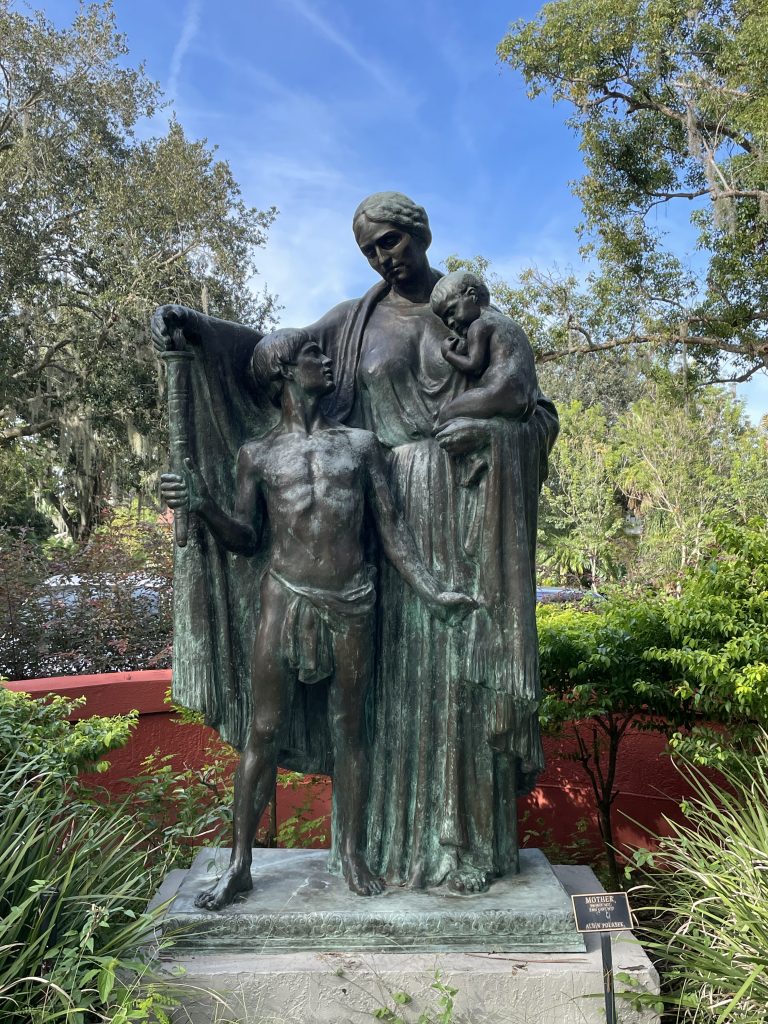
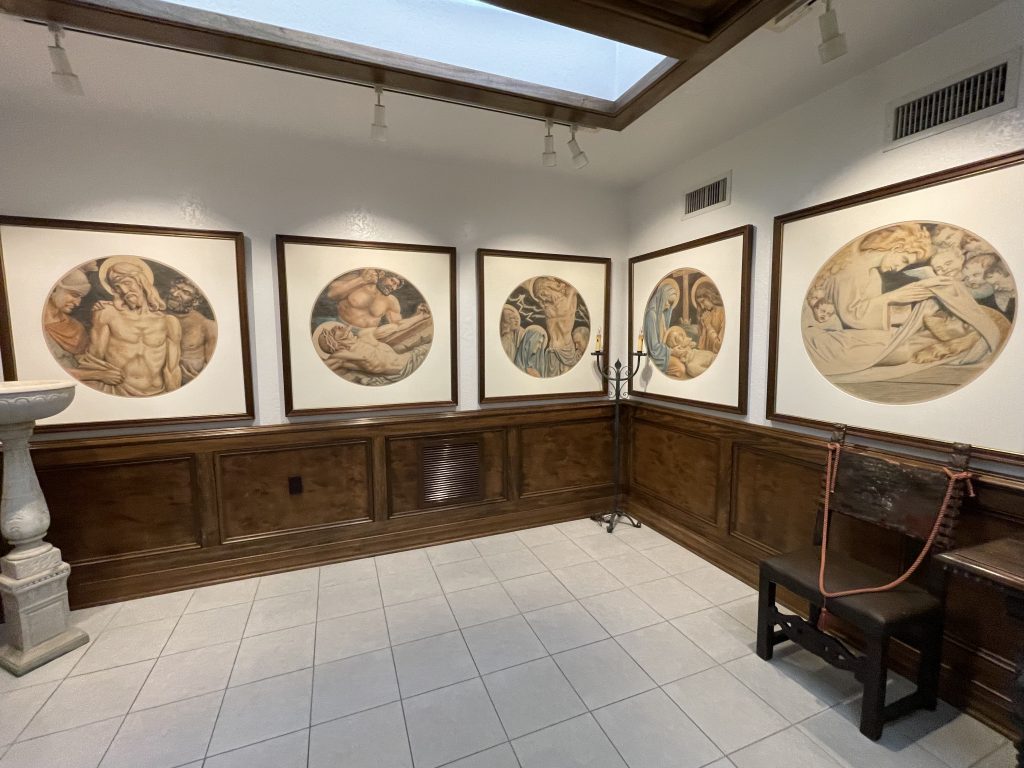

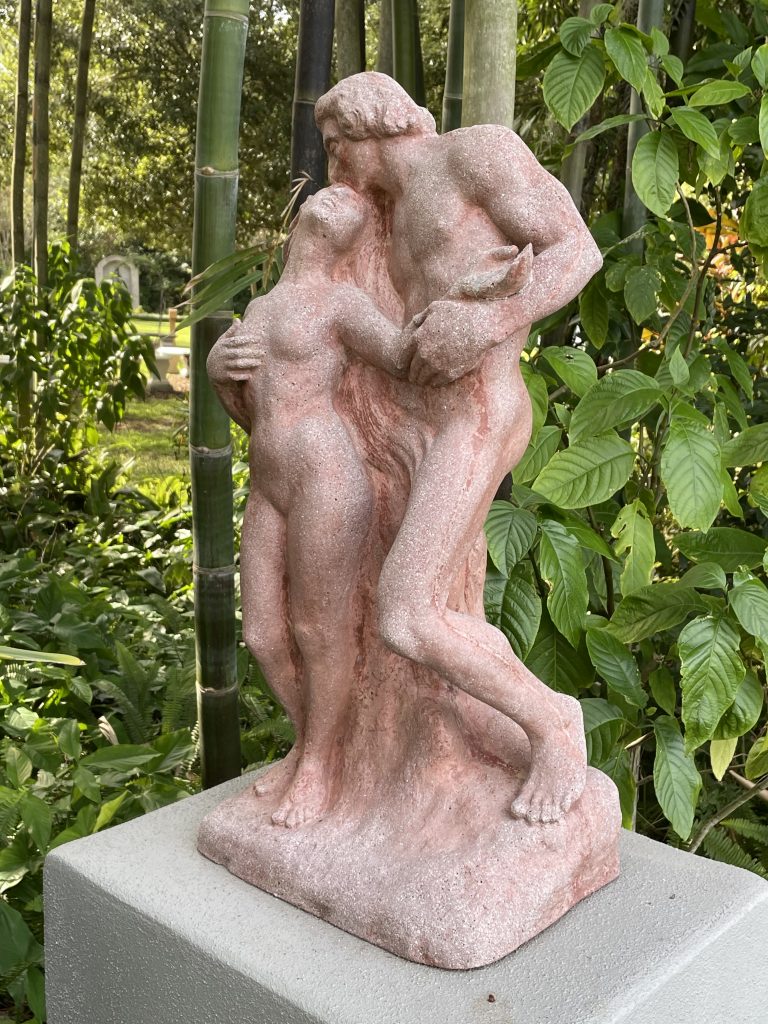
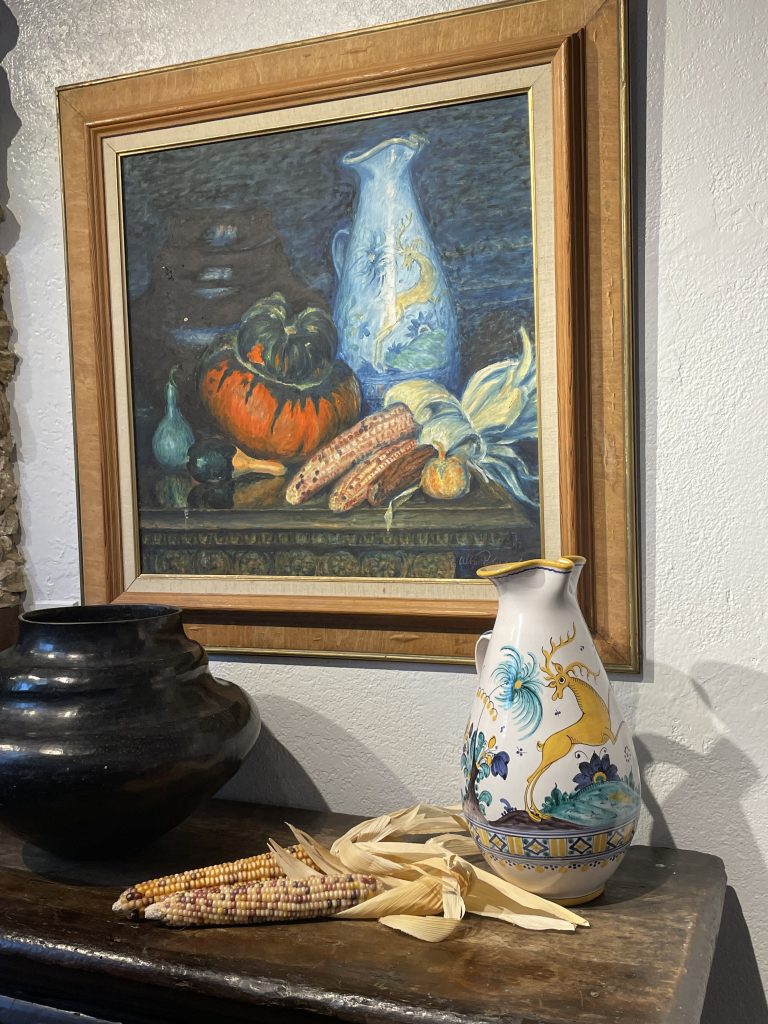
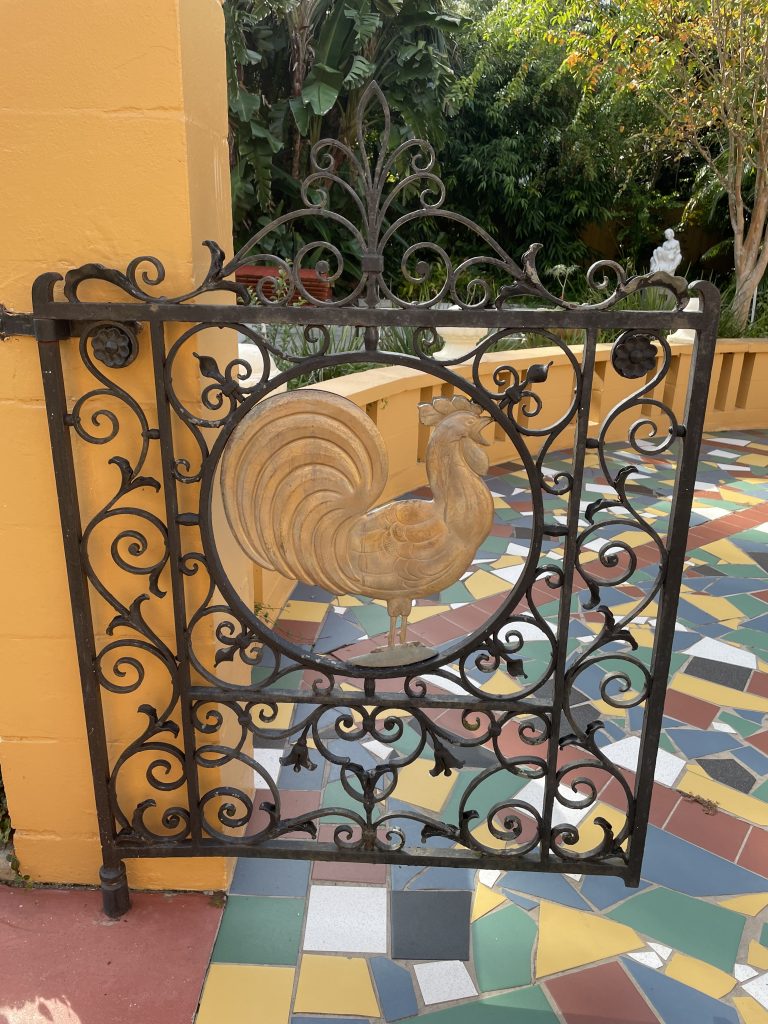
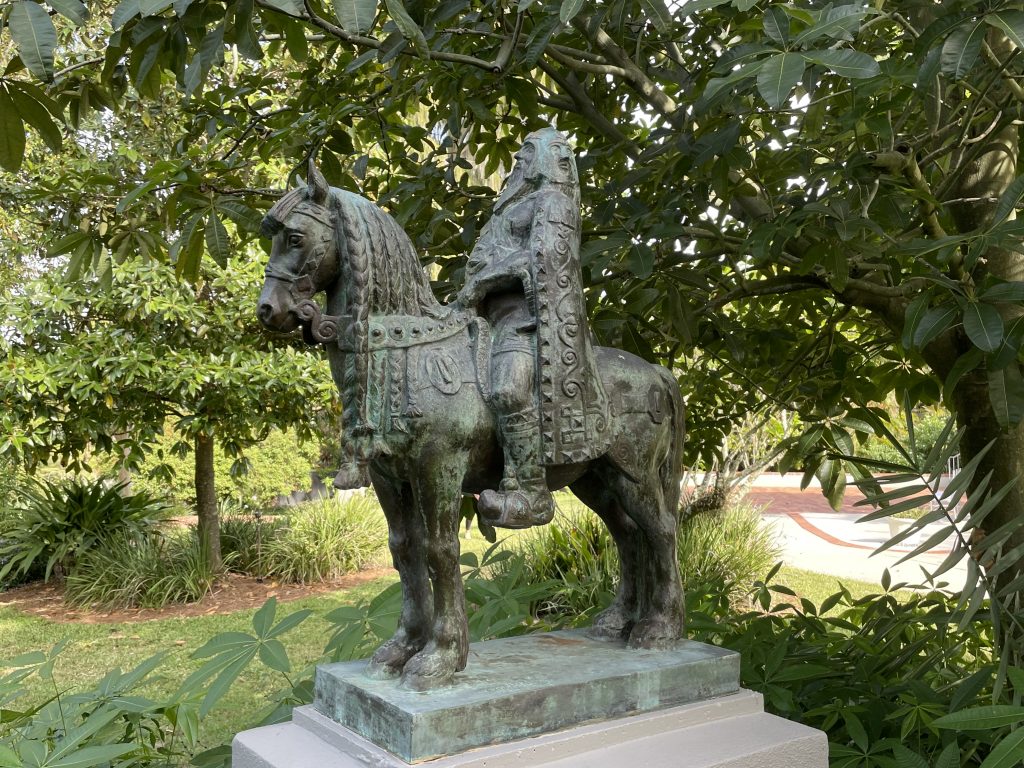
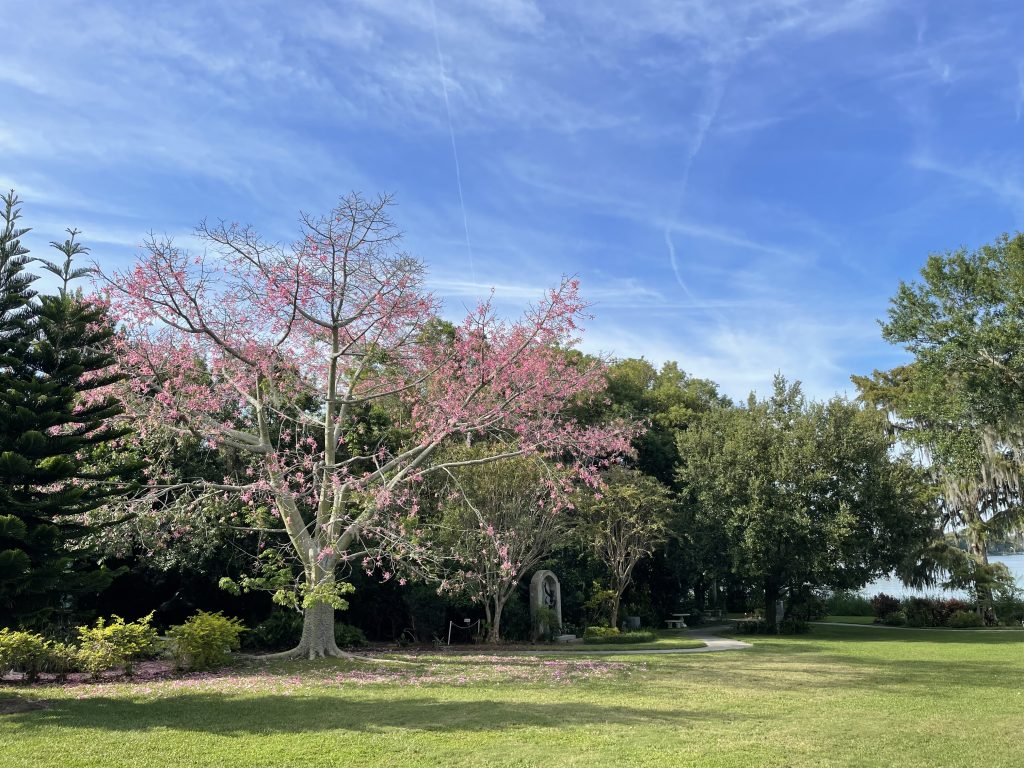
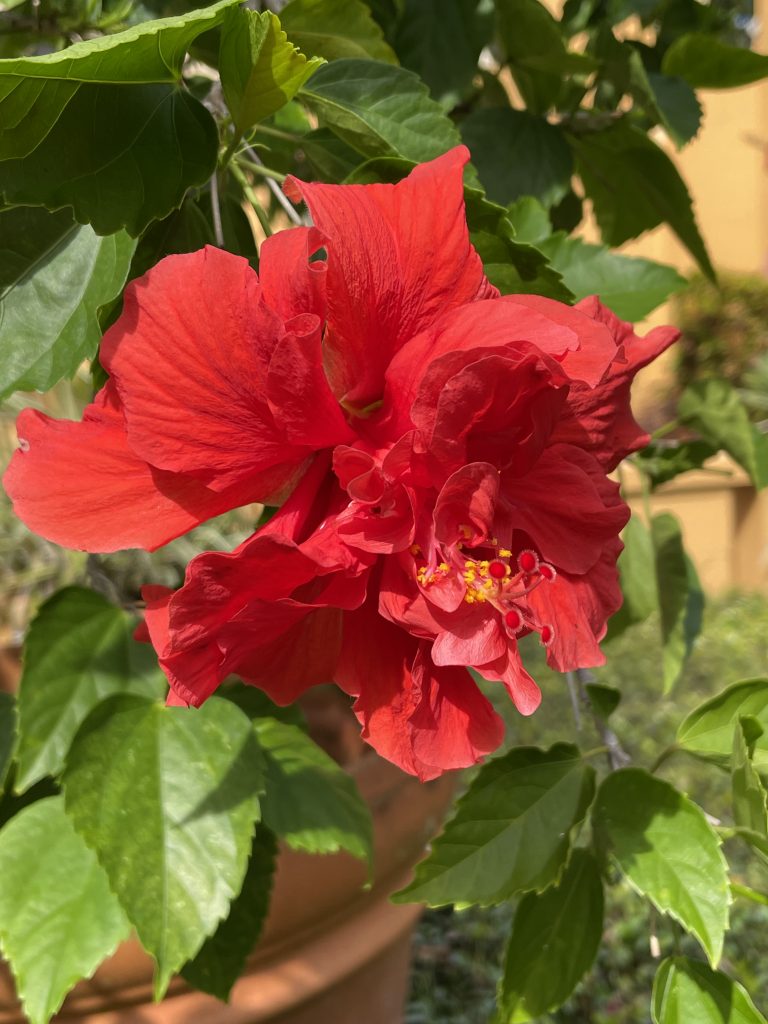
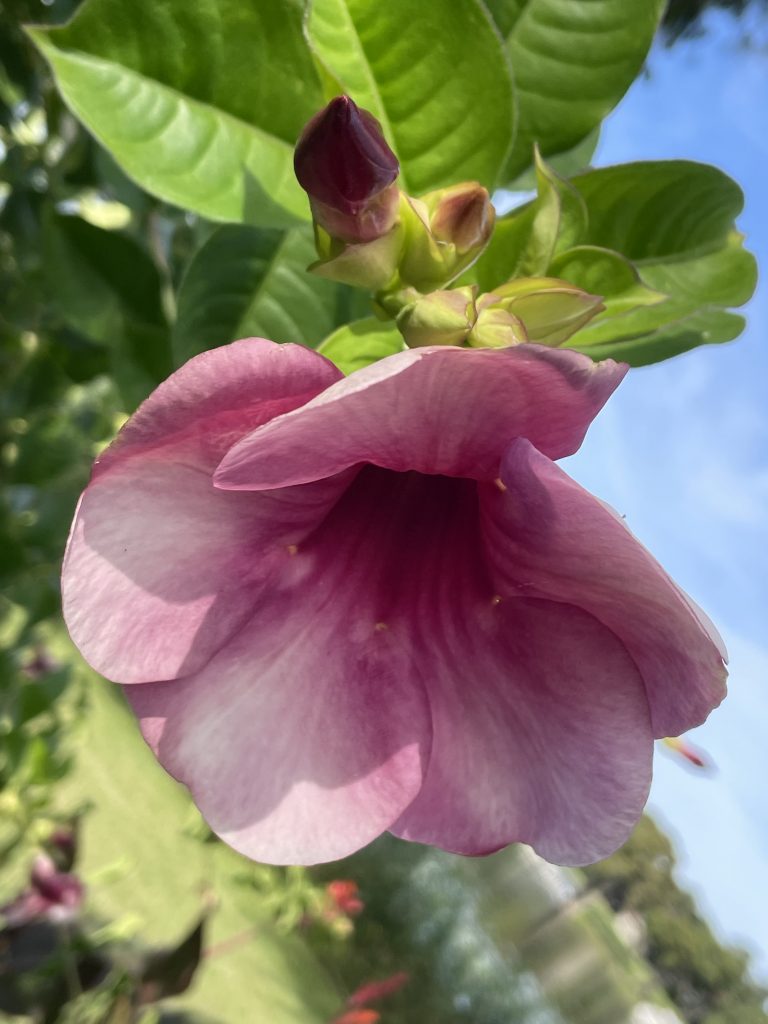
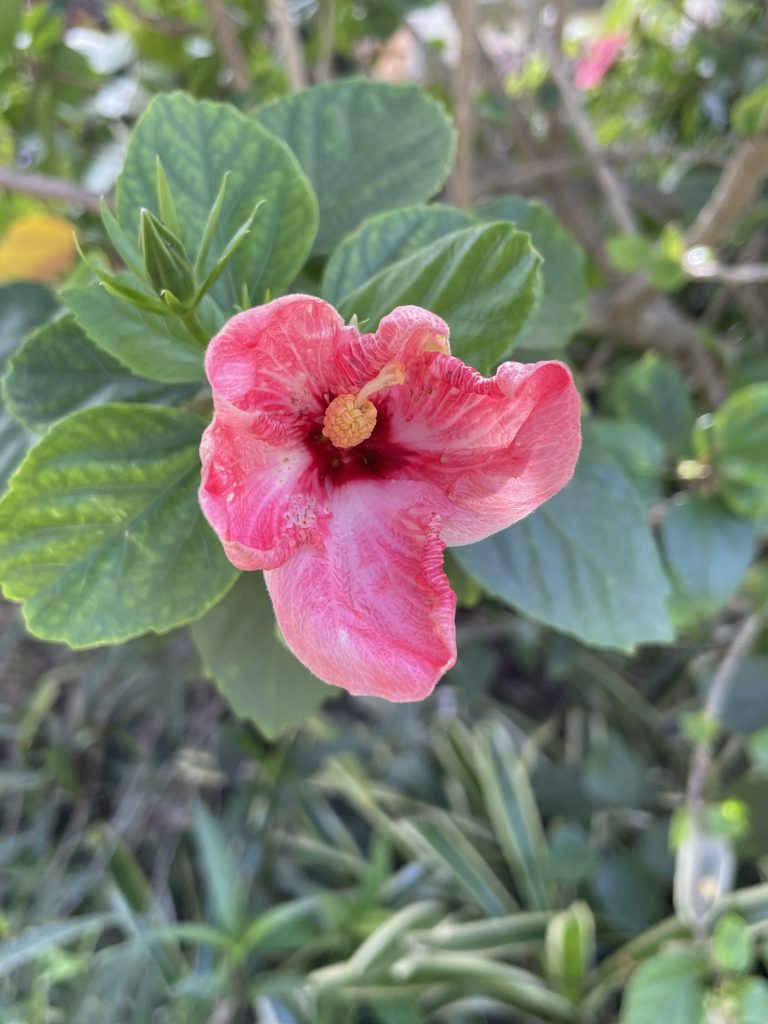





One thought on “Albin Polasek Museum and Sculpture Garden”